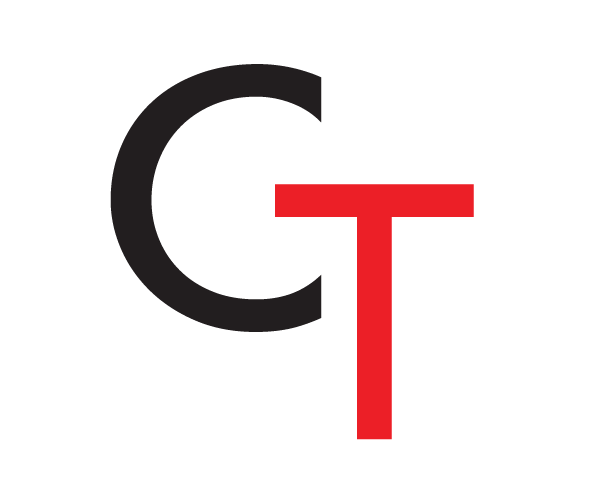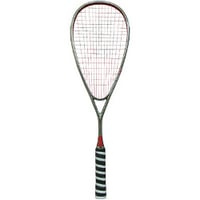While to some it may seem that the summer has only just begun, we at Control the T have our sights set on the turn of the seasons. The point in time where summer turns to autumn marks the beginning of the new squash season which inevitably brings a wave of players back indoors and onto the courts for another year.
This can be an especially exciting time since several players new to the game may be trying their hand at squash for the very first time. In past blog posts we’ve discussed the exceptional fitness, health and enjoyment related aspects of the game which is an attractive component of the game for many folks. It is not uncommon for new players who would love to capture these rewards by incorporating the game it into their regular exercise routine.
A new player looking to dive into the game of squash will really only require two pieces of equipment. These include a supportive pair of non-marking court shoes and a racquet to use. The following guide has been pieced together to provide some recommendations for a new squash player in selecting easy to use, quality racquets in a cost effective way.
When I first began with the game I truthfully had no idea what to look for in purchasing my first squash racquet. Now that I have had a few years with the game under my belt I’m going to make this trip full-circle and recommend that a racquet selected by a new player should carry the following features:
- Durable
- Excellent playability
- Cost Effective
The frame of the racquet must be light enough for the player to comfortably swing while being rigid enough to sustain the force of hitting the wall without breaking. As new players will find very quickly, squash can put the player in some pretty tight playing conditions, especially on shots in the corners and tight to the side walls. Durability in a racquet is of paramount importance to a new player since making contact with the wall is likely to occur more frequently as a player becomes accustomed to the game. Standing up to the unavoidable physical nature of the game is needed in racquet to prevent premature frame breakage as much as possible.
The vast majority of racquets tend to fall somewhere in the range of 130-140g which are suitable for 99% of new players out there. This weight range would be a good starting point for new players. Keep in mind that a frames toward the lighter end of this range will require the player to generate more racquet head speed to generate power while the heavier racquets can be swung more slowly in order to generate comparable power. When selecting your racquet, a new squash player might like to apply this information in the following way. The racquet selected should be at or around the heaviest frame weight within this range that the player can comfortably maneuver. This ensures adequate power production in a racquet that is easy for the player to use.
Playability of a racquet refers to the ease to which a racquet can be used when a player picks it up for the very first time. For a new player this means that the racquet should be easy to control and possess adequate power. In addition, racquets with a head heavy balance promote the development of a natural swing early in a player’s career. This is the case since the mass found at the head of these racquets helps to lead the racquet head through to the ball. The result is a mechanically proper, fluid swing with minimal energy expenditure by the players wrist and forearm.
For the most part power and control are antagonists in the sense that a powerful racquet will often carry shortcomings in control and vice versa. These two aspects of a racquet are the products primarily of the throat style (bridged vs. teardrop) and frame weight/balance. Where it is possible, it makes a lot of sense for a player to choose a bridged throat racquet promoting control with a more powerful (heavy or head heavy) frame. This combination is ideal in the sense that it encompasses elements of both power and control which are helpful in the early phases of a players squash career.
Please refer to our racquet buying guide for a more detailed explanation of racquet specifications and how they relate to on court performance.
The more expensive squash racquets on the market are in the ballpark of $200. However, cost effective options for a new player are thankfully not impossible to come by. Understanding that first racquets may be used as a “gateway” racquet of sorts en route to more expensive and personalized equipment in the future, keeping the cost manageable becomes more crucial.
Below we've narrowed down what we believe may be good options for a beginner looking to find their perfect first racquet.
| Racquet | Price | Finer Points |
Black Knight Omega
|
$102 | The Black Knight Omega is an excellent choice for the new player. Value priced and durable Black Knight racquets feature a 45-day no fault warranty.
|
Head Xenon 135
|
$129.95 | The Xenon 135 is a very good option for new players as it was one of Head's premium 2012-2013 racquets selling for $169.
|
BK Quicksilver nXS
|
$153 | Long-time best selling racquet from Black Knight. Popular among beginners and advanced players alike. It is a great choice for someone looking for a lighter racquet that is easy to maneuver.
|
We hope that this has given some direction to those of you out there looking to jump into the game whether that be at the turn of the seasons or perhaps even sooner! Be sure to stay tuned for our next installment of the New Player Buyer’s guide as we tackle the basics of court shoes and doubles squash!






